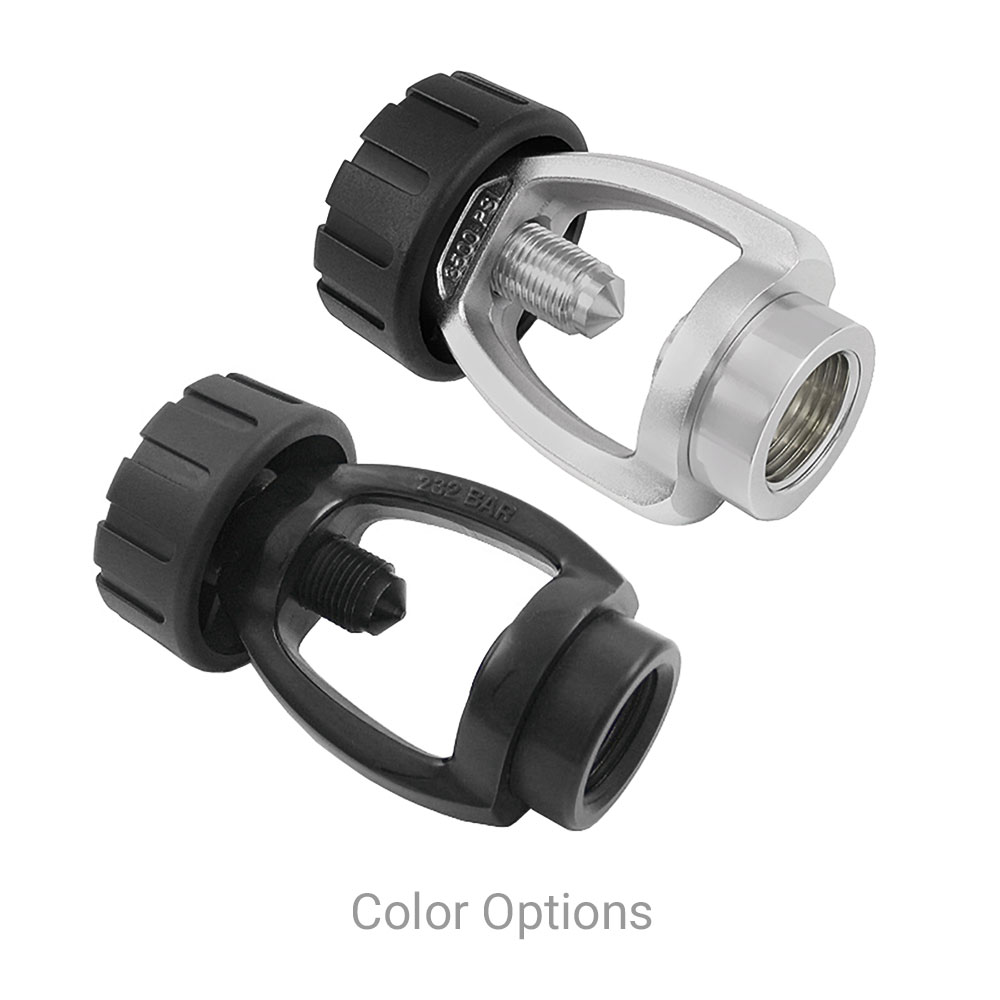I think I don't get your point. For example, I dive with an analog (self-winding) watch, an oil-filled depth gauge, an oil-filled SPG, and an oil-filled analog compass. I use U.S. Navy tables. I recently purchased my first J-valve, that I broke down and cleaned. (I have a thread here about this.) Waiting now for a service kit to arrive in order to complete the service. My favorite cylinder to use, when I am wearing at most a thin wetsuit, is my old-school PST 72--especially when I am diving my U.S. Divers double-hose regular.Filling that with your compressor that tops out at 2250 as well?
Incandescent flashlight still working good as well?
Don't forget to check the position of your reserve valve in case it gets bumped during the dive.
Not going to let you use a computer either, strictly analog watch, depth gauge (I will let you have that modern feature) and the old set of Navy dive tables.
I really enjoy using this very basic, minimalistic gear.
rx7diver






